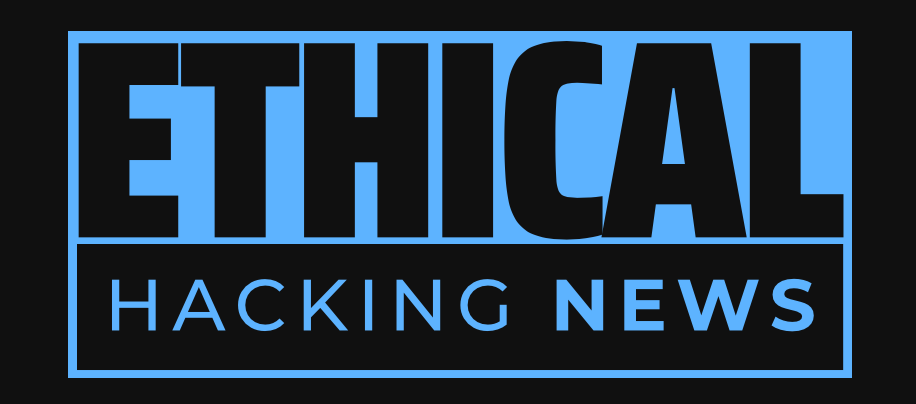Ethical Hacking News
The world of business-to-business (B2B) data aggregation has been rocked by a massive breach of 122 million records linked to DemandScience. What led to this incident, and what steps will be taken to rectify the situation? Read on to find out more about the impact of this breach and how it affects individuals and organizations.
DemandScience, a B2B demand generation platform, suffered a data breach where 132.8 million records were stolen. The leaked data included personal information such as full names, physical addresses, email addresses, telephone numbers, job titles and functions, and social media links. The breach is believed to have occurred when a decommissioned system was still accessible to attackers, suggesting potential security weaknesses. The incident highlights the risks associated with B2B data aggregation and the need for greater transparency and accountability in the industry.
The world of business-to-business (B2B) data aggregation is a complex and intricate landscape, where companies collect, compile, and organize vast amounts of information from public sources and third-party providers to create comprehensive datasets valuable for digital marketers and advertisers. However, with great power comes great responsibility, and it seems that one company has failed to uphold the latter.
In February 2024, a threat actor named 'KryptonZambie' claimed to have stolen data worth 132.8 million records from an exposed system belonging to DemandScience (formerly Pure Incubation), a B2B demand generation platform. The leaked data included full names, physical addresses, email addresses, telephone numbers, job titles and functions, and social media links. At the time, BleepingComputer contacted DemandScience about the allegedly stolen data, but they denied any involvement in the breach.
Fast forward to August 15, 2024, when KryptonZambie made the dataset available for 8 credits on a hacking forum, essentially leaking the data for free. Troy Hunt, a renowned cybersecurity expert, confirmed that the data was authentic and published a blog post detailing his investigation. DemandScience responded by stating that their current operational systems were not exploited and that the leaked data originated from a system that had been decommissioned two years ago.
But how did this happen? What led to the breach of one of the largest B2B data aggregators in the industry?
To understand the events leading up to the breach, it's essential to delve into the world of demand generation and data aggregation. DemandScience collects business data from public sources and third-party providers, creating a vast repository of information that can be used by digital marketers and advertisers to generate leads or marketing intelligence.
The company's business model relies on collecting and organizing this data, making it available for purchase or licensing to other companies. This process involves scraping, crawling, and aggregation of publicly available data from various sources, including social media platforms, directories, and public records.
However, this practice raises significant concerns about the potential for data breaches and unauthorized access to sensitive information. As demand generation platforms become more sophisticated in their methods, so too do the threats against them. Attackers are becoming increasingly adept at finding vulnerabilities in these systems, exploiting weaknesses that could be easily overlooked by security measures.
The breach of DemandScience's system is a stark reminder of the risks associated with B2B data aggregation. The company's reliance on collecting and organizing vast amounts of data creates an attractive target for hackers, who can use various tactics to exploit vulnerabilities and gain unauthorized access to this sensitive information.
In the case of DemandScience, it appears that they had a window of opportunity when their decommissioned system was still accessible to attackers. The fact that KryptonZambie was able to exploit this vulnerability suggests that the company may have left its systems unpatched or inadequately secured for an extended period.
The leak of 122 million records is a staggering revelation, with far-reaching implications for individuals and organizations who rely on this data for business purposes. The exposed records include full names, physical addresses, email addresses, telephone numbers, job titles and functions, and social media links – making them vulnerable to identity theft, phishing attacks, and other forms of cybercrime.
In the aftermath of this breach, it's essential that DemandScience takes immediate action to rectify the situation. This includes conducting a thorough internal investigation into the events leading up to the breach, as well as notifying affected parties and providing them with guidance on how to protect themselves from potential threats.
Furthermore, this incident highlights the need for greater transparency and accountability in the B2B data aggregation industry. Companies like DemandScience have a responsibility to ensure that their systems are secure and protected against cyber threats. The public has a right to know when such breaches occur and what steps are being taken to address them.
In conclusion, the breach of DemandScience's system is a wake-up call for the B2B data aggregation industry. As companies continue to collect and organize vast amounts of sensitive information, they must prioritize security measures to prevent similar breaches in the future. It's time for greater transparency, accountability, and vigilance in this critical sector.
Related Information:
https://www.bleepingcomputer.com/news/security/leaked-info-of-122-million-linked-to-b2b-data-aggregator-breach/
Published: Wed Nov 13 17:34:35 2024 by llama3.2 3B Q4_K_M

